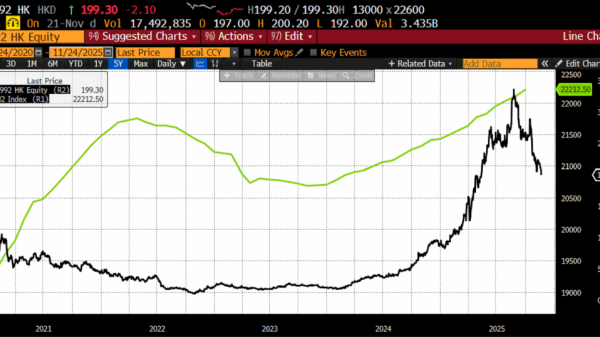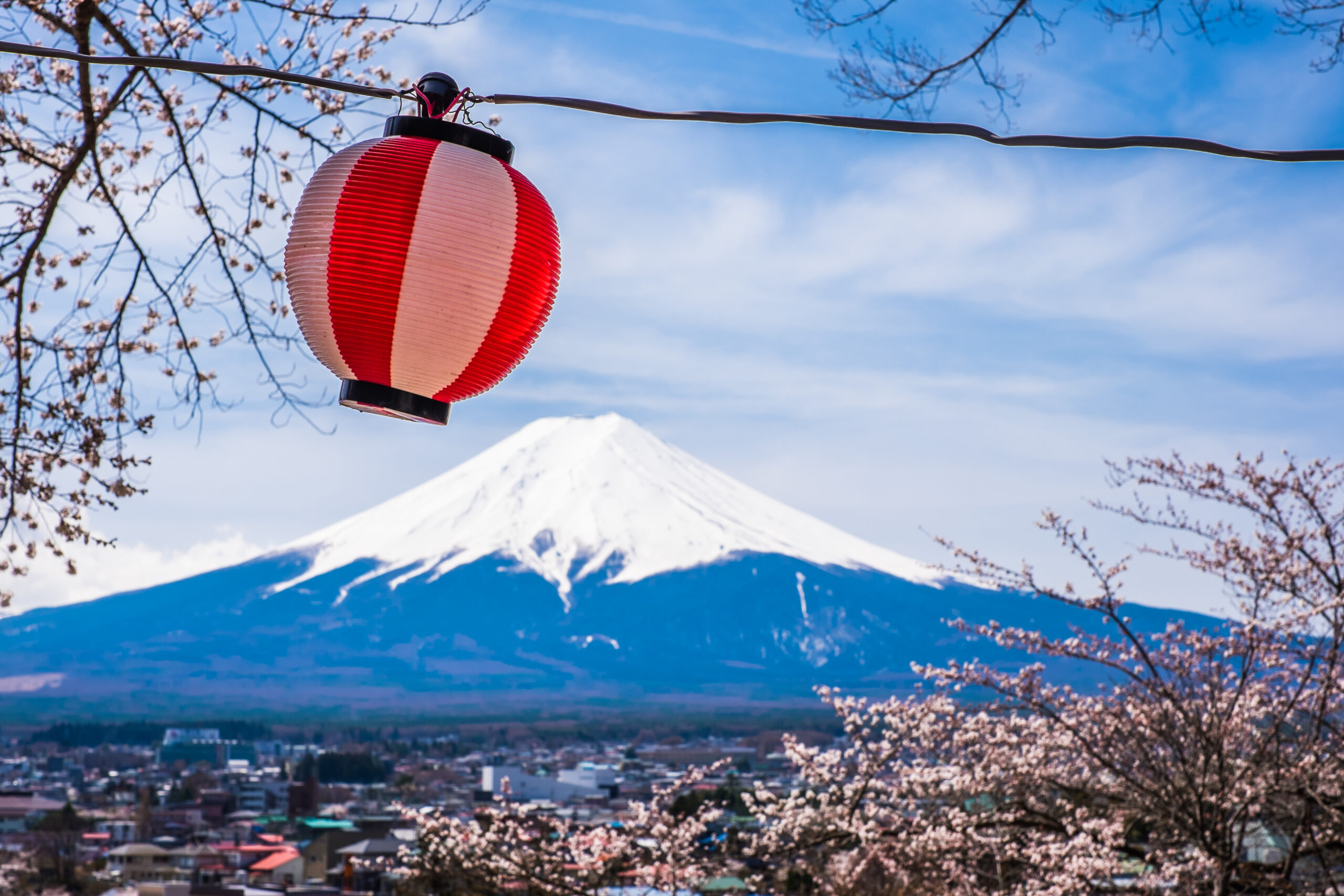Japan welcomed a record 17.78 million foreign visitors in the first half of 2024, the country’s tourism agency has revealed. The influx, driven by a weaker yen, has surpassed pre-pandemic levels and marked a significant milestone for the nation.
South Koreans top visitor numbers: 4.4 million arrivals
The January-June figure, reported by the Japan National Tourism Organization (JNTO), is more than one million higher than the previous peak of 16.63 million set in 2019.
South Koreans constituted the largest group of visitors, with 4.4 million arrivals, followed by tourists from China, Taiwan, and the United States.
Weak yen boosts spending power of tourists
The tourism boom is largely attributed to the depreciation of the yen, which has enhanced the spending power of foreigners with stronger currencies.
This economic advantage has made Japan an attractive destination for international tourists looking to make the most of their budgets.
Much-needed boost for Japan economy
The surge in tourism has provided a much-needed boost to Japan’s economy, which has struggled with stagnant growth for decades.
It has also led to concerns among local residents about the impact on daily life and cultural heritage sites.
In May, authorities in Fujikawaguchiko, Yamanashi Prefecture, erected barriers to manage the influx of tourists at popular Mount Fuji viewing spots.
Similarly, Kyoto’s local council has banned tourists from entering alleyways in the traditional Gion district following reports of visitors harassing geishas.
Controversial measures to manage crowds
The increasing number of tourists has prompted some controversial measures to manage the crowds.
Last month, the mayor of Himeji, Hideyasu Kiyomoto, suggested a policy that would charge foreigners six times the entrance fee locals pay to visit the city’s UNESCO-listed castle.
This proposal has sparked debate about fairness and the balance between tourism revenue and preserving local culture.
Impact on local businesses
The tourism surge has had a mixed impact on local businesses. On the one hand, it has provided a significant boost to sectors such as hospitality, retail, and transportation.
Hotels, restaurants, and shops have reported increased revenues due to the higher number of international visitors. The Japanese government has also been investing in infrastructure and promotional campaigns to attract more tourists and sustain this growth.
Challenges in infrastructure and sustainability
The rapid increase in tourist numbers has also highlighted challenges related to infrastructure and sustainability. Popular tourist destinations have faced overcrowding, putting a strain on local resources and infrastructure.
The government and local authorities are now tasked with finding a balance between promoting tourism and ensuring sustainable development.
Efforts are being made to spread tourist traffic more evenly across the country, encouraging visitors to explore lesser-known regions and thereby reducing the pressure on well-known hotspots.
This approach aims to mitigate the negative impacts of overtourism while providing economic benefits to a broader range of areas.
Tourism growth likely to continue
Looking ahead, Japan’s tourism industry is poised for continued growth, driven by factors such as the upcoming Osaka Expo in 2025 and the country’s ongoing efforts to enhance its tourism appeal.
The government’s target of attracting 60 million foreign visitors annually by 2030 appears ambitious yet achievable given the current trends.
The post Japan sees a record 17.7 M visitors in H1 2024 as weaker Yen boosts tourism appeared first on Invezz

























